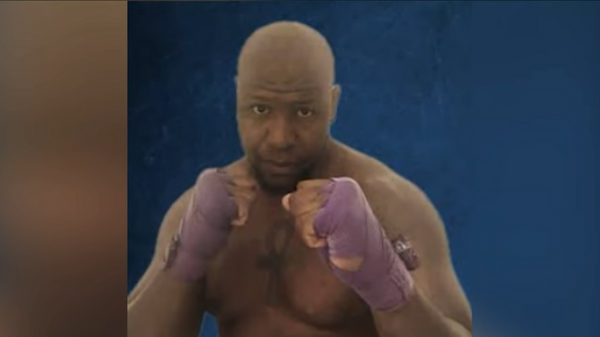We've been following Honda's self-balancing motorcycle developments for years, watching as the company has brought out multiple design concepts for demonstration runs, just to show how its technological developments are progressing. And while you may or may not see yourself ever personally being interested in a self-balancing motorcycle, it's difficult to deny that the technology is, in and of itself, interesting.
The same could also probably be said of Asimo, Honda's friendly robot mascot that it developed for many years prior to its eventual retirement. Because the important thing to realize about Honda (and about a lot of companies that invest in R&D, particularly if they operate in more than a single niche) is that years of research like this aren't kept siloed and secret, away from other parts of the company.
Instead, as is plainly evident in the Honda UNI-ONE, all these different pieces of research can (and sometimes do) come together to form a completely different thing, and one that could potentially be useful and practical for a completely different purpose.
In this case, the UNI-ONE is the culmination of years of self-balancing, robotics, and EV research. When seeing individual projects at Honda that led up to creating this project, you could be forgiven for not having the long-distance vision to see that they might one day become the UNI-ONE. And yet, looking at this mobility vehicle and what it can do, it's difficult to look back and see any of it as having been a waste of time. Because, depending on how widely this thing gets adopted, it sure seems like a potentially fantastic idea for people with mobility issues to get out and explore more.
And the thing is, whether or not you want to admit it, there will more than likely be a time in your life where you aren't able to move around as well as you'd like, or perhaps as you once did. It could even be due to a temporary thing, like a broken leg (or, in my case, a torn meniscus). And you might tough it out and keep making yourself move around, even if it's difficult and painful. But you might also not have the choice or ability to do so.
And then what, you're just supposed to sit quietly in a corner and not ever go anywhere or do anything? No, thanks.

The Honda UNI-ONE is made to be a hands-free mobility device that's intuitive enough for anyone to ride in, regardless of age or experience level with the machine. It has two seating positions, High and Low, so that a person riding a UNI-ONE can raise up to the eye level of the people around them when they want to have a conversation.
It's made with a small footprint, so it can function well both indoors and outside on the sidewalk. Honda just announced its availability on a commercial leasing basis in September 2025 for the Japanese market, and the plan includes the unit, battery, charger, insurance, and maintenance.
It seems like a smart way to get this program off the ground, particularly since Honda's projected use cases include places like theme parks, as well as indoor and outdoor shopping centers. As a matter of fact, it's kicking off a partnership with the Sanrio Character Park Harmonyland facility later on in 2025, in mid-October. Walking long distances can be difficult for some, and theme parks tend to be places where multiple generations of people, some with differing abilities, frequently want to attend and have a nice time together.
Honda also pictures the UNI-ONE being useful for guides who work in places like these, as well. There's something really satisfying and encouraging when you've been following tech developments for a long time, and you get to see them finally evolve into a cool thing that's far beyond where it started way back at the beginning. There's no telling when or if the UNI-ONE will eventually make it into widespread use outside Japan, but I'm hoping that it does, because it could potentially help a lot of people.








